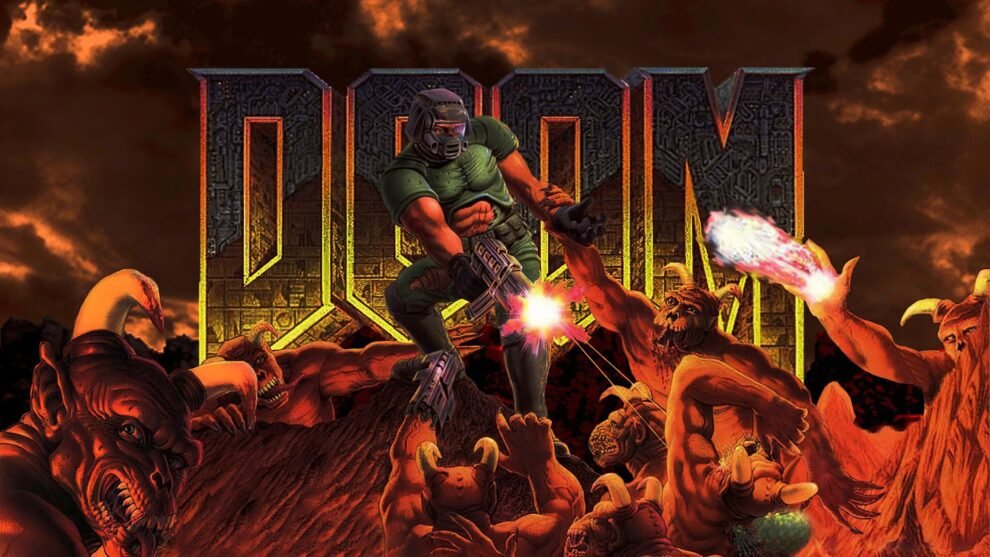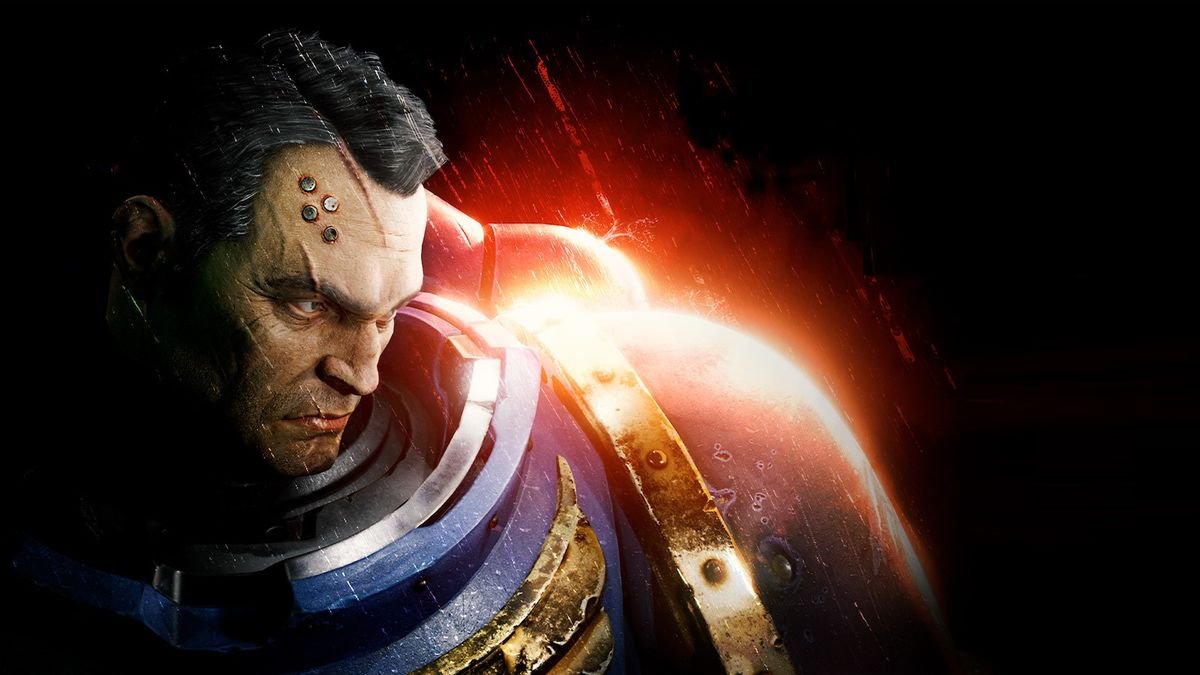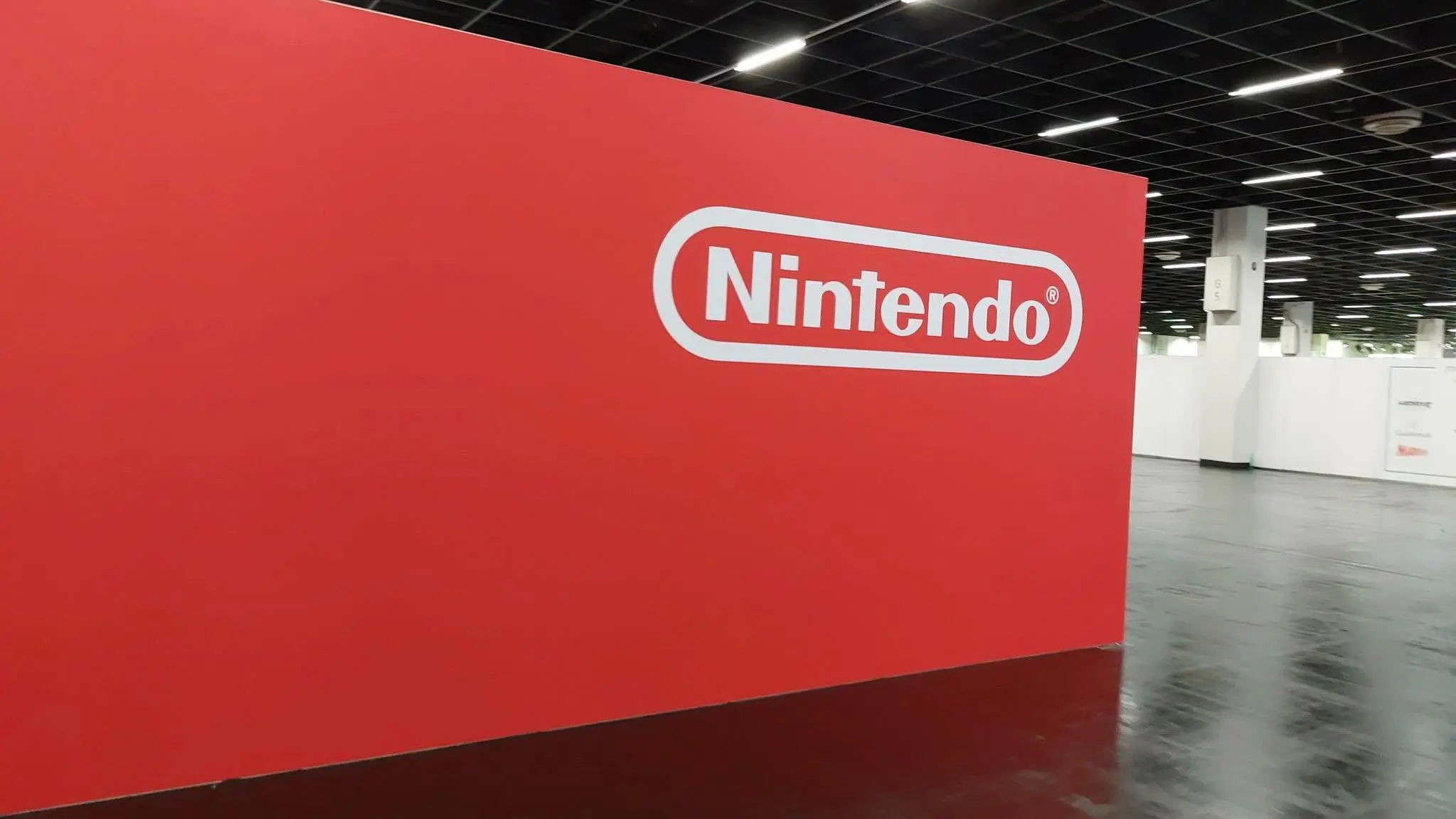In the heart of Google’s AI labs, an experiment unfolded that merged the realms of gaming and artificial intelligence in a manner both fascinating and slightly unnerving. What if AI could not just play games, but create them, simulating entire gameplay experiences? That was the premise behind Google’s GameNGen project, and their choice of game to ‘reimagine’ was none other than the iconic first-person shooter, ‘Doom’. The result? An AI-powered rendition of ‘Doom’ running on its original game engine, conjured entirely from the depths of Stable Diffusion, an advanced image generation model. This was not a remake, not a remaster, but a simulated playthrough, a ghostly echo of a gaming legend brought to life by the raw computational power of AI.
The Fusion of AI and Gaming: Unpacking Google’s GameNGen Project
Google’s foray into AI-powered game generation with GameNGen was, at its core, an exploration of the creative potential of artificial intelligence. It sought to push the boundaries of what AI could achieve in the realm of gaming, moving beyond simple gameplay agents to systems capable of generating entire game experiences. GameNGen, fueled by the image generation capabilities of Stable Diffusion, aimed to create a simulated playthrough of ‘Doom’, generating each frame, each environment, each enemy encounter in real-time, based on the game’s original engine and the AI’s ‘understanding’ of the game’s mechanics and aesthetics.
Stable Diffusion: The AI Artist Behind the Scenes
At the heart of this AI-powered ‘Doom’ experience was Stable Diffusion, a cutting-edge image generation model known for its ability to create photorealistic images from textual descriptions. In the context of GameNGen, Stable Diffusion was tasked with generating each frame of the simulated gameplay, translating the AI’s ‘understanding’ of the game’s world into visual representations. It was a testament to the power and versatility of Stable Diffusion, demonstrating its potential beyond static image generation to the creation of dynamic, interactive experiences.
The AI’s ‘Doom’ Experience: A Simulated Playthrough
The AI’s ‘Doom’ experience was not a conventional playthrough. There was no human player controlling the action, no physical controller guiding the protagonist through the game’s levels. Instead, the AI, guided by its understanding of the game’s rules and mechanics, generated each frame of the gameplay, simulating the player’s movement, the enemy encounters, the weapon interactions. It was a ghostly echo of a ‘Doom’ playthrough, a digital phantom navigating the game’s world.
The Implications: AI’s Expanding Role in Game Development
Google’s GameNGen project, while experimental, hinted at a future where AI plays an even more significant role in game development. It showcased the potential of AI to not just play games, but to create them, to simulate entire gameplay experiences. It opened up possibilities for AI-powered game design tools, procedural content generation, and even entirely AI-generated games. It was a glimpse into a future where the line between human creativity and artificial intelligence becomes increasingly blurred.
Challenges and Limitations: The Road Ahead
While the AI-powered ‘Doom’ experience was impressive, it was not without its limitations. The simulated gameplay, while visually compelling, lacked the fluidity and responsiveness of a human-controlled playthrough. The AI’s ‘understanding’ of the game, while sophisticated, was not perfect, leading to occasional glitches and inconsistencies. Moreover, the computational resources required for such real-time generation were significant. These challenges highlighted the complexities of AI-powered game generation, underscoring the need for further research and development.
The Human Element: The Indispensable Factor
While AI’s role in game development is expanding, the human element remains indispensable. The creativity, the intuition, the emotional connection that human developers bring to game creation cannot be replicated by AI. The AI-powered ‘Doom’ experience, while technically impressive, lacked the soul, the narrative depth, the emotional resonance of a human-crafted game. It was a reminder that while AI can augment and enhance the game development process, it cannot replace the human touch.
Google’s GameNGen project was a bold step into the future of AI in gaming. It showcased the potential of AI to not just play games, but to create them, to simulate entire gameplay experiences. It opened up a world of possibilities for AI-powered game design tools, procedural content generation, and even entirely AI-generated games. It was a testament to the power and potential of artificial intelligence, and a glimpse into a future where the boundaries between human creativity and machine intelligence continue to blur.



















Add Comment